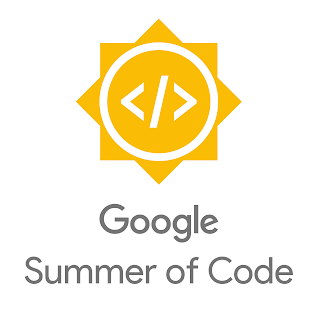In 2007, a small group of engineers in our Chicago office formed the
Data Liberation Front, a team that believed consumers should have better tools to put their data where they want, when they want, and even move it to a different service. This idea, called “data portability,” gives people greater control of their information, and pushes us to develop great products because we know they can pack up and leave at any time.
In 2011, we
launched Takeout, a new way for Google users to download or transfer a copy of the data they store or create in a variety of industry-standard formats. Since then, we've continued to invest in Takeout—we now call it
Download Your Data—and today, our users can download a machine-readable copy of the data they have stored in 50+ Google products, with more on the way.
Now, we’re taking our commitment to portability a step further. In tandem with
Microsoft,
Twitter, and
Facebook we’re announcing the Data Transfer Project, an open source initiative dedicated to developing tools that will enable consumers to transfer their data directly from one service to another, without needing to download and re-upload it. Download Your Data users can already do this; they can transfer their information directly to their Dropbox, Box, MS OneDrive, and Google Drive accounts today. With this project, the development of which we
mentioned in our blog post about preparations for the GDPR, we’re looking forward to working with companies across the industry to bring this type of functionality to individuals across the web.
Our approach
The organizations involved with this project are developing tools that can convert any service's proprietary APIs to and from a small set of standardized data formats that can be used by anyone. This makes it possible to transfer data between any two providers using existing industry-standard infrastructure and authorization mechanisms, such as OAuth. So far, we have developed adapters for seven different service providers across five different types of consumer data; we think this demonstrates the viability of this approach to scale to a large number of use cases.
Consumers will benefit from improved flexibility and control over their data. They will be able to import their information into any participating service that offers compelling features—even brand new ones that could rely on powerful, cloud-based infrastructure rather than the consumers’ potentially limited bandwidth and capability to transfer files. Services will benefit as well, as they will be able to compete for users that can move their data more easily.
Protecting users’ data and keeping them in control
Data security and privacy are foundational to the design of the Data Transfer Project. Services must first agree to allow data transfer between them, and then they will require that individuals authenticate each account independently. All credentials and user data will be encrypted both in transit and at rest. The protocol uses a form of
perfect forward secrecy where a new unique key is generated for each transfer. Additionally, the framework allows partners to support any authorization mechanism they choose. This enables partners to leverage their existing security infrastructure when authorizing accounts.
As it is an open source product, anyone can inspect the code to verify that data isn't being collected or used for profiling purposes. Tech savvy consumers are also free to download and run an instance of the framework themselves. Interested parties can learn more at the
Data Transfer Project website, which explains the technical foundations behind the project and goes into greater detail on how it works.
How to get involved
It is very early days for the Data Transfer Project and we encourage the developer community to join us and help extend the platform to support many more data types, service providers, and hosting solutions.
The Data Transfer Project’s open source code can be found at
datatransferproject.dev and you can learn more about Google’s approach to portability in
our paper, where we describe our history with this topic and the values and principles that motivated us to invest in the Data Transfer Project. Our prototype already supports data transfer for several product verticals including: photos, mail, contacts, calendar, and tasks. These are enabled by existing, publicly available APIs from Google, Microsoft, Twitter, Flickr, Instagram, Remember the Milk, and Smugmug.
Data portability makes it easy for consumers to try new services and use the ones that they like best. We’re thrilled to help drive an initiative that incentivizes companies large and small to continue innovating across the internet. We’re just getting started and we’re looking forward to what comes next.
By Brian Willard, Software Engineer and Greg Fair, Product Manager














